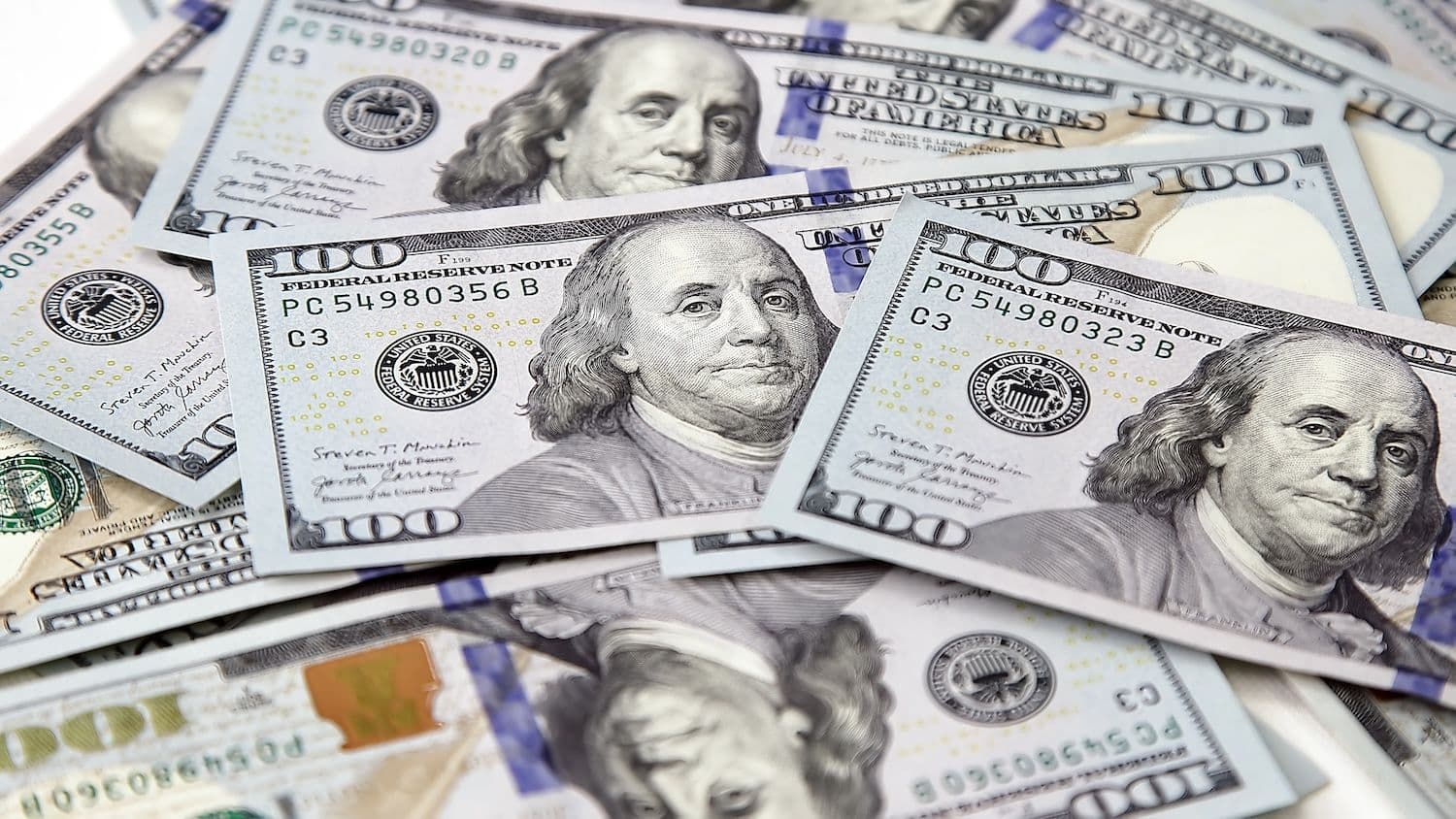The global stablecoin market has crossed the $250 billion threshold for the first time, marking a significant milestone in digital asset adoption as Congressional lawmakers advance legislation to cement U.S. leadership in the sector. Tether's USDT and Circle's USDC maintain their stranglehold on the market, collectively representing 86% of outstanding supply, according to data from Delphi Digital.
What to Know:
- The stablecoin market has recovered from major disruptions including Terra's collapse in May 2022 and Circle's March 2023 de-pegging crisis
- Over $120 billion in U.S. Treasuries are now held within stablecoin reserves, demonstrating institutional integration
- The Senate-passed GENIUS Act faces House consideration amid political controversy over potential conflicts of interest
Market Recovery Drives Historic Growth
The milestone represents a dramatic turnaround from previous market disruptions that shook investor confidence. The sector endured significant turbulence following Terra's algorithmic stablecoin collapse in May 2022, which erased billions in value and triggered widespread skepticism about non-collateralized digital currencies.
Circle's USDC faced its own crisis in March 2023 when regional banking instability caused a temporary de-pegging event. The company's $3.3 billion exposure to Silicon Valley Bank created liquidity concerns that briefly pushed USDC below its dollar parity. These events collectively tested the resilience of stablecoin infrastructure and regulatory frameworks.
Despite past volatility, issuer diversity has expanded considerably. More than 10 stablecoins now exceed $100 million in circulation, indicating growing market maturation beyond the two dominant players.
Yield-bearing stablecoins represent a particularly dynamic segment, with Ethena reaching nearly $6 billion since its launch.
The recovery reflects several converging factors. Broader digital asset market stabilization has restored institutional confidence, while the 2024 launch of U.S.-listed spot cryptocurrency ETFs provided new legitimacy to the sector. Political sentiment shifts under the Trump administration have further accelerated institutional adoption and regulatory clarity efforts.
Legislative Battle Over Digital Asset Leadership
The Senate's 68-30 passage of the Guiding and Establishing National Innovation for US Stablecoins Act has thrust digital currency regulation into the political spotlight. President Trump used his Truth Social platform to pressure House lawmakers, declaring the legislation would make America the "undisputed leader in digital assets" and warning against delays or amendments.
Senator Bill Hagerty, the bill's primary sponsor, has emphasized its potential to revolutionize payment processing nationwide. The legislation faces consideration in a House controlled by a narrow Republican majority, where partisan divisions could complicate passage.
Democratic opposition has centered on ethics concerns and potential conflicts of interest. The bill initially stalled in May after failing a cloture vote, with lawmakers citing worries about Trump's cryptocurrency business connections and their potential impact on regulatory decisions.
Senator Elizabeth Warren has been particularly vocal in her criticism.
She argues the legislation could enable Trump and his family to earn "hundreds of millions" through their USD1 stablecoin venture. Her concerns reflect broader Democratic skepticism about mixing political power with cryptocurrency business interests.
Senator Mark Warner has struck a more nuanced position, acknowledging ethical concerns while warning that continued legislative inaction could undermine U.S. competitiveness. His stance reflects the complex political calculations surrounding digital asset regulation in a divided Congress.
Market Integration and Treasury Holdings
The stablecoin sector's integration with traditional financial markets has deepened significantly. Over $120 billion in U.S. Treasuries are now held within stablecoin reserves, representing a substantial portion of the government debt market and demonstrating how digital currencies have become intertwined with traditional monetary systems.
This Treasury integration has created new dynamics for both fiscal policy and cryptocurrency markets.
Stablecoin issuers have become significant participants in government debt auctions, while their reserve management practices increasingly mirror those of traditional financial institutions.
The scale of Treasury holdings also highlights the systemic importance stablecoins have achieved within the broader financial ecosystem. Their role as collateral for decentralized finance protocols and cross-border payment systems has made them critical infrastructure for digital commerce.
Closing Thoughts
The stablecoin market's historic milestone reflects both technological maturation and growing institutional acceptance, though legislative battles over regulation continue to shape the sector's future development. As digital currencies become increasingly integrated with traditional financial systems, their governance and oversight remain contentious political issues with significant economic implications.

